
Welcome to the new year! This quarter's E-IPER Newsletter highlights students' accomplishments, summer research, and the work of our Joint MS students.
Training the Next Generation- In the field, the lab, the community, PhD students mentor the next generation of scholars and leaders.
Law and Science Mix it Up- Joint JD-MS students find strategic niches to preserve our land and oceans.
E-IPER's Global Reach- Students disperse to tackle world problems.
Training the Next Generation
E-IPER students take our mission - to train the next generation of scholars and leaders - to heart every summer by engaging Stanford undergraduates and local students in their research on and beyond campus:
Mehana Blaich Vaughan (PhD 5th) worked with a stellar team of seven summer interns this year on her home island of Kaua'i, Hawai'i. One of the students, Elaine Albertson (Earth Systems) assisted Mehana on her dissertation work on community management of the subsistence fishery in Ha'ena, mapping the flows of fishing, sharing, and feeding from the area's reef. Beth Wylie (Archaeology/Earth Systems) who assisted Mehana last summer, returned to conduct her own Masters thesis research focused on another special area of Kaua'i, rugged Maha'ulepu on the South Shore. Her work looks at stakeholder perspectives on the area's future preservation and options that integrate natural resource protection and human use. Aaron Peterson (English/Earth Systems), Kaipo Lucas (undeclared), and Allison Kerns (Santa Clara) also conducted projects in partnership with Malama Maha'ulepu, a community organization that helps to care for the area. Aaron's project focused on invasive seaweed monitoring and removal, Kaipo researched and mapped traditional Hawai'ian land use and place names, while Allison focused on communication about the place. Finally, Helen Chen (Human Biology) and Woods Buckley (Earth Systems), monitored the water quality of north shore Kaua'i streams, and correlated these results with land use patterns including agriculture, golf course, and residential uses in the Halele'a district. The students assisted with one another's projects, and also volunteered for many other Kaua'i organizations and events from the Koloa Plantation Days Parade, to poi making at Waipa, to trail restoration on the Na Pali Coast.
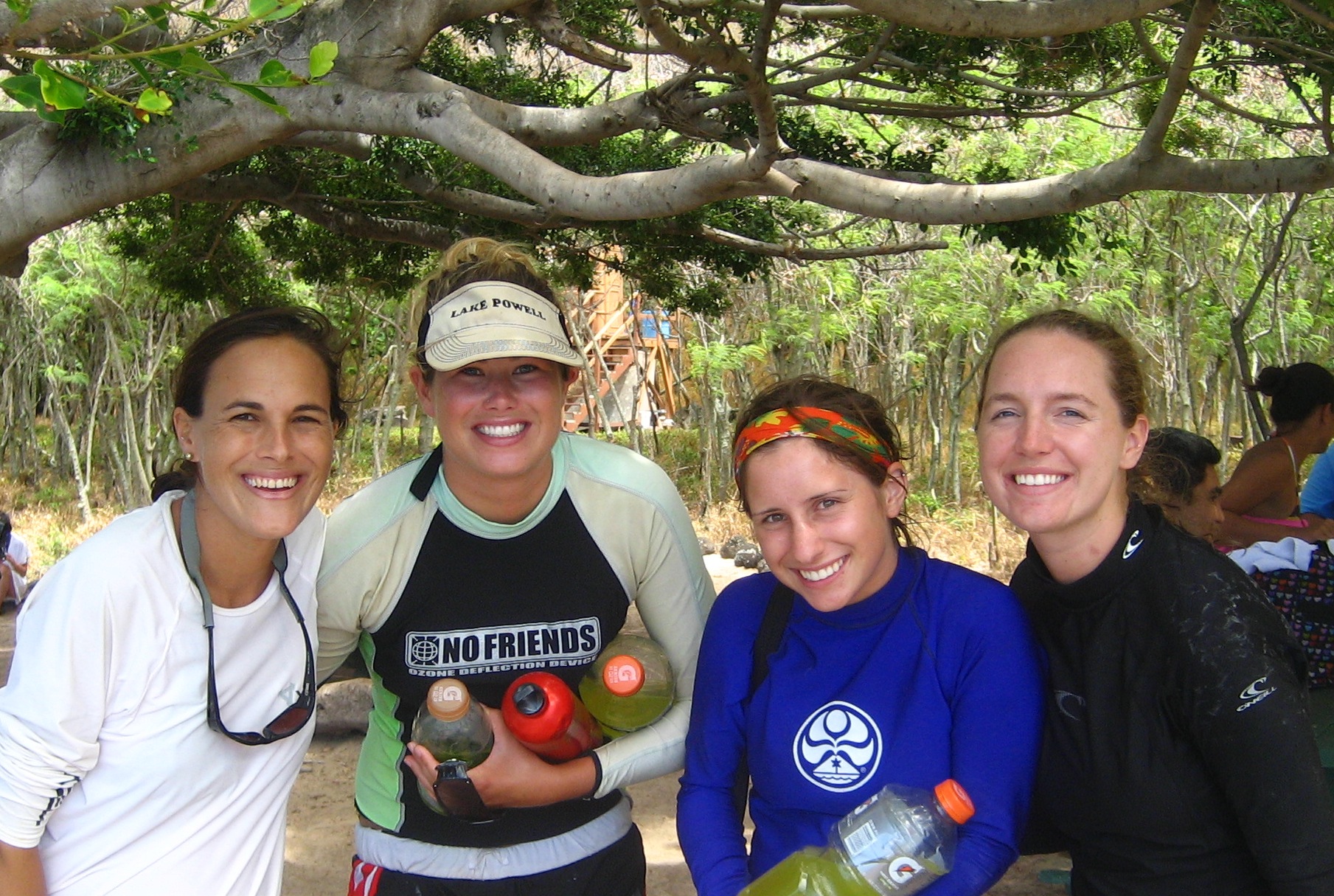 Mehana and three of her interns. Courtesy of Mehana Blaich Vaughan.
Mehana and three of her interns. Courtesy of Mehana Blaich Vaughan."I found working with these students to be a wonderful reminder of why I'm pursuing an E-IPER PhD: to be able to teach, continually learn, and engage students in community-based research that can help in caring for places we love," Mehana wrote from Kaua'i.
Noa Lincoln (PhD 3rd) also mentored a large group of interns in Hawai'i, including three Stanford undergraduates, two non-traditional local students, one Dartmouth pre-frosh, and 14 students engaged with the Hawai'i Youth Conservation Corps. Focusing on impacts of land use on soil quality, the students aided in sampling nine forestry species in experimental plots in Honaunau; surveyed forest restoration sites to understand the effectiveness of various restoration techniques; setup and maintained experiments examining the impact of mulching practices; used isotope dilution techniques to examine nitrogen fixation in native crop varieties; and collected hundreds of soil samples to begin investigations into the extent and productivity of the indigenous agricultural system of Kona, Hawai'i.
"What amazed me was how well the vastly different interns worked together, not only helping one another but actively mentoring each other in different areas," Noa reflected on his experience as a mentor. "The sharing that occurred, for instance, between the Stanford students who have technical expertise and the local students who have place specific knowledge was truly inspiring." Despite working long field days, the group managed to see lava surface flows at Kalapana, dive at two world-class locales of Kealakekua and Honaunau, and see the meteor shower from the 13,800 foot summit of Mauna Kea.
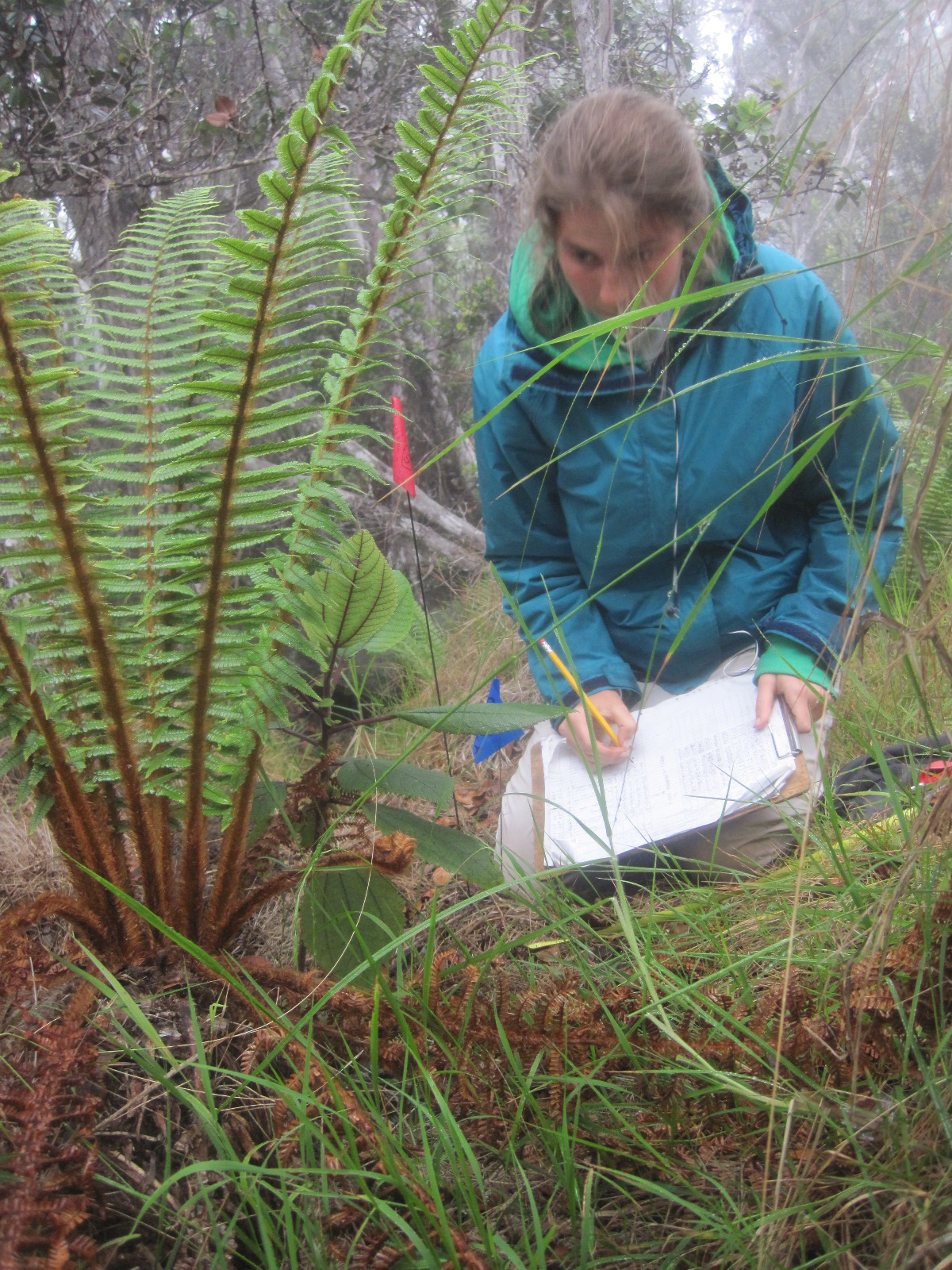 Anna records characteristics of a fern. Courtesy of Rachelle Gould.
Anna records characteristics of a fern. Courtesy of Rachelle Gould.Also in Hawai'i, Rachelle Gould (PhD 4th) led a team of dedicated interns who helped her research on understanding the multiple values associated with Hawai'i's upland forests. The team conducted 221 in-person surveys with residents of the South Kona area of the Big Island. The team also monitored 720 restoration planting sites, in which both seedlings and seeds have been planted to explore biophysically and economically feasible options for forest restoration. Each undergraduate also took the lead on her own particular project. Theo Gibbs (Anthropology) dug many holes in order to conduct a soil moisture study investigating whether the ferns used in the restoration experiment may be affecting the moisture available to adjacent plants. Anna Doty (Earth Systems) put together an elegant study testing whether chemical scarification, designed to mimic the digestive juices of a critically endangered bird known historically to disperse the seeds, of the ho'awa tree's seeds will impact their germination success. Iberia Elster (undeclared) ran a massive effort to take 1440 fisheye photographs of restoration planting sites, which will be used to quantify the amount of sunlight reaching each site throughout the year. Jen Hashimoto (University of Hawai'i Hilo) helped Rachelle write a journal article reporting on the summer's findings related to perceptions of the film Avatar in Hawai'i, and she also spearheaded the set-up of a restoration project investigating the effectiveness of planting native plant seeds directly on 'nurse logs' (dead wood on the forest floor) as a restoration technique.
Rachelle reports, "The summer's projects were a rich learning experience for all. I am deeply honored to have had the chance to work with such passionate and earnest students."
Rachael Garrett (PhD 3rd) spent two months in Santarém, Brazil researching farming systems and land use change with the assistance of Earth Systems undergraduate Sophie Theis (Earth Systems) and co-term Masters student Briana Swette (Earth Systems). Located in the Amazonian biome, Santarém still contains extensive primary forest and has been the center of international concern over the rapid rate of land use change and the environmental impact of Cargill's soybean terminal. Rachael and her team conducted interviews with soybean farmers - recent migrants from Southern and Central West Brazil - about their migration motivations, land use decisions, and production practices. Through additional interviews with relevant local stakeholders, they also examined the effect of local institutions and policies on land use decisions in the region. As part of their work for their own theses, Sophie and Briana also conducted interviews with small holders practicing agroforestry in the region.
When asked about her summer, Rachael responded, "My major lesson was that the only difference between success and failure is hard work and persistence- nothing else. When you go to do something challenging in a foreign country, you are going to face a lot of obstacles, and there are going to be many times when you think there is something wrong with you - that you won't be able to do what you want to do. But that sort of fear is paralyzing and is actually the only thing keeping you from being successful. It is my hope that future students will not have to go through everything that I went through to realize that all they have to do be successful in their field is persevere."
Marilyn Cornelius (PhD 4th) continued her Department of Energy ARPA-E energy ethnography project at Stanford with four research assistants: Lily Cheng (Earth Systems graduate), Brian Wong (Science, Technology, and Society), Trista Shi (Earth Systems) and new intern Dean Young (Earth Systems). In Phase 1 the team interviewed experts to elicit innovative ideas for actions, services, and home adaptations that lower energy use. They also plan to interview carbon chefs, household historians, and seniors who lived through recessions. In Phase 2 the list of new ideas will be narrowed and tested for feasibility and "diffusibility" on a different population using in-depth interviews - professionals who spend little time at home, teens who use technology in the home, and people who stay home or work from home. In Phase 3 the ideas will be further refined to determine if they can be funded for commercial production, in collaboration with IDEO. Several publications will be produced from this research - cataloging existing recommendations for lowering energy use from a list of about 500 behaviors and presenting new ideas from experts that have been tested in the field, which program designers in ARPA-E and beyond can employ.
Andy Gerhart (PhD 5th) mentored research assistants Julio Mojica (Anthropology) and Jimmy Bennett (International Relations) through the Stanford Spatial History Lab's summer undergraduate research program. The experience taught Andy a great deal about motivating and directing individual student research while balancing it within a broader research agenda. Julio produced Neoliberalism, Civic Participation and the Salmon Industry in Southern Chile and Jimmy developed Conceding the Ocean.
E-IPER PhD students were supported by School of Earth Sciences and E-IPER summer grants, the Teresa Heinz Scholarship, and the National Science Foundation. Undergraduates were supported by a variety of campus sources: the Haas Center, the Vice Provost for Undergraduate Education Undergraduate Advising and Research awards, Earth Sciences, Biology, Anthropology, Archaeology, the Woods Institute, Comparative Studies in Race and Ethnicity, and the Center for Conservation Biolog. The University of Hawai'i Hilo Pacific Internships Programs in Exploring Science also provided support.
Law and Science Mix it Up
E-IPER's Joint JD-MS Environment and Resources students are identifying interesting legal niches where they can apply their new scientific knowledge. Whether defending the Clean Water Act for the Environmental Law Clinic, identifying threats to the California Coastal Act, or analyzing the economic impact of climate policies, these students are already making an impact on the sustainability of our land, water, oceans, and climate.
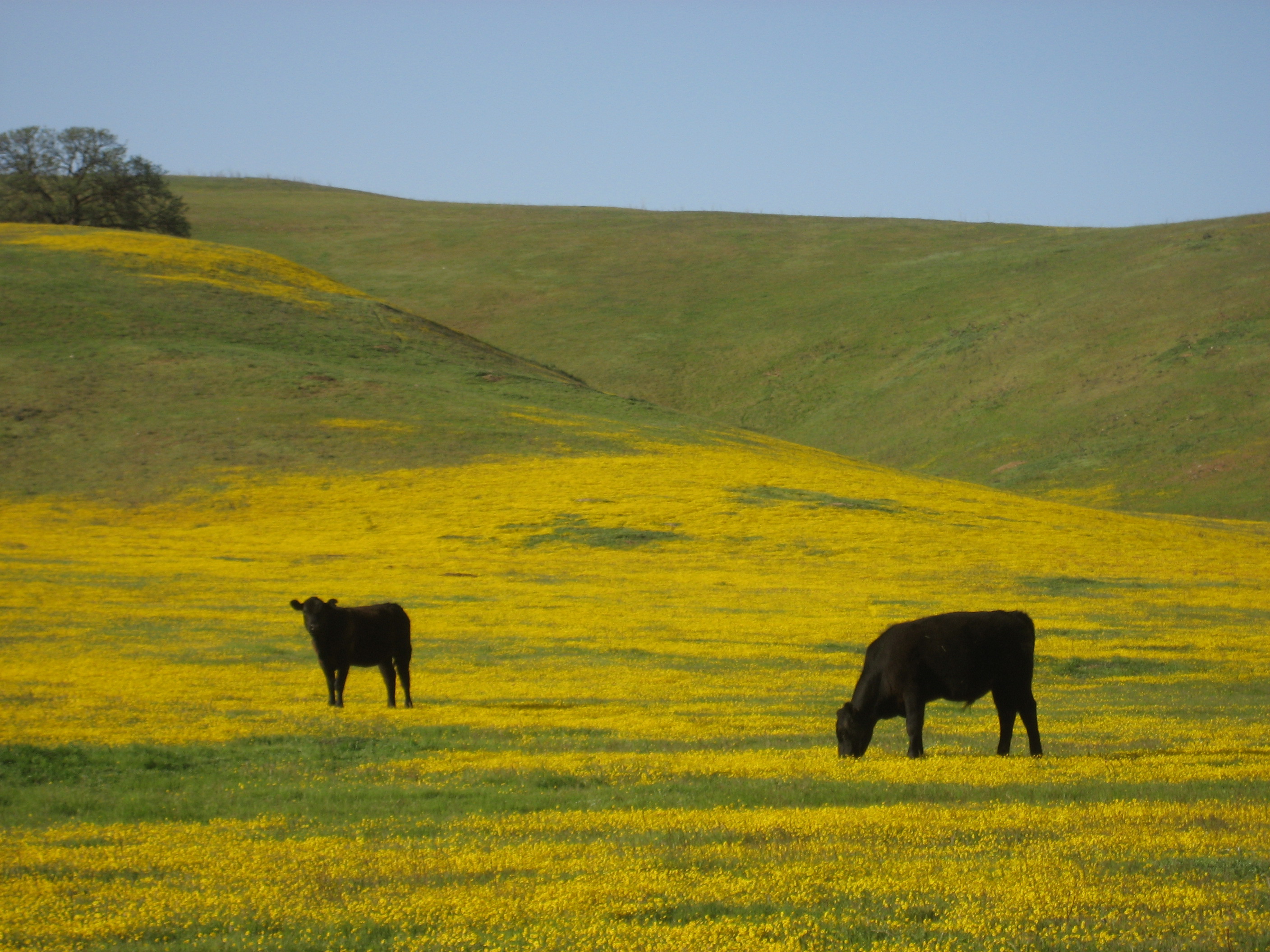 Courtesy of Helen Doyle.
Courtesy of Helen Doyle.Megan Herzog (Joint JD-MS 3L) spent the summer as a legal clerk with the Center for Biological Diversity, a national public interest law firm dedicated to working through science and law on behalf of endangered species and ecosystems. The Center is widely renowned for its cutting-edge and groundbreaking legal arguments, particularly in the climate change arena. Megan joined the organization's San Francisco office for its Public Lands and Climate practice areas, working on diverse issues including pesticides, timber harvesting, biodiversity protection, greenhouse gas emissions, and urban sprawl.
"The E-IPER Joint MS experience immensely enhanced my work this summer. Understanding the scientific reasons why legal intervention was necessary made me a better advocate for environmental causes. Because I could understand the connection between development, timber harvesting, and increased greenhouse gas emissions, I was better able to communicate those connections to judges who were not otherwise educated about the causes of climate change. Similarly, an understanding of ecology and the ability to effectively analyze and cite scientific papers were essential to advocating for biodiversity under the Endangered Species Act," Megan reported. "It is astounding how much 'bad' environmental policy derives from the misuse or misinterpretation of scientific data. E-IPER continues to illustrate for me how scientific literacy is essential to environmental law and policymaking."
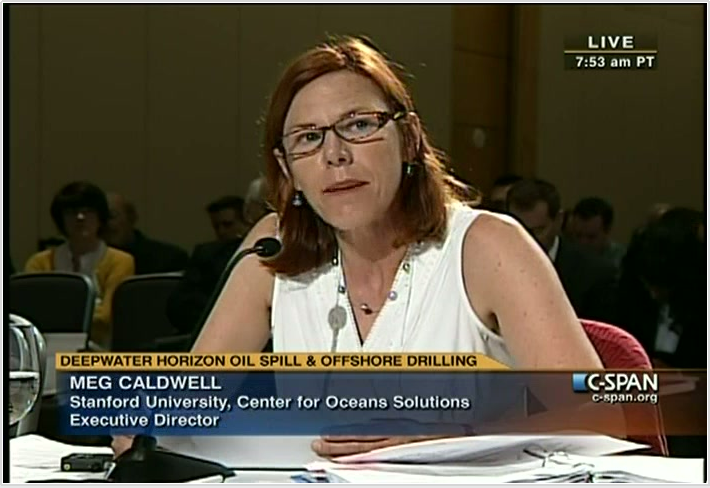 Meg Caldwell testifying before the Commission. Courtesy of CSPAN.
Meg Caldwell testifying before the Commission. Courtesy of CSPAN.This summer Kimi Narita (Joint JD-MS, 3L) worked with Meg Caldwell, executive director of the Center for Ocean Solutions and director of the Environmental and Natural Resources Law and Policy Program, to prepare Caldwell's oral and written testimony before the National Commission on the BP Deepwater Horizon Oil Spill and Offshore Drilling. The Commission, convened by President Obama to examine the causes of the spill and develop recommendations to prevent future spills, asked Caldwell to testify "on the statutory and regulatory framework for outer continental shelf (OCS) leasing and to identify potential changes to both minimize the likelihood of another catastrophic oil spill and prepare the nation should another disaster occur."* Kimi contributed extensive research and writing to support Caldwell's primary recommendation that "science-based planning and environmental review commensurate with the level of planning and risk of harm" is necessary for future offshore projects in the Gulf.* "My concentration in E-IPER is marine science, so helping to construct recommendations to the Commission using my legal skills on an issue I care so deeply about has been an immensely rewarding experience. Further, Meg Caldwell has provided me with invaluable insight and mentorship," Kimi reported.
"Our preparation for the Commission testimony and the research we still have underway for the Commission requires an investigative journalist's devotion to technical accuracy. Kimi's combined resourcefulness, legal research skills, and scientific insights have been key to getting to the crux of critical issues and have helped us enormously in developing fact and science-based recommendations," commented Caldwell.
Recent Joint JD-MS graduates are finding a variety of career options that take advantage of their legal training and scientific coursework. Rachel Zwillinger and Ellen Medlin are pursuing prestigious clerkships with judges in the 9th Circuit before deciding what direction their careers may take. Peter Morgan, Jared Thompson, and Greg Wannier have chosen policy positions in the non-profit and academic worlds as a first step, while Travis Brandon and Brian Shillinglaw, both in the first joint degree cohort, opted for the corporate route by joining the law firm Morrison and Foerster and the investment group New Forests, respectively.
Given these students' success, E-IPER is eager to expand its Joint JD- MS population. As law professor Buzz Thompson, who also co-directs the Woods Institute for the Environment and serves on E-IPER Executive Committee, summarized "The E-IPER program adds a new and important dimension to our law students' education. Solving the environmental challenges of this century will require not only a strong understanding of legal and policy tools but of the science that underlies both the challenges and solutions to those challenges. Only a few programs in the nation purport to do this, and none provides as diverse and customized opportunity as E-IPER."
* From Caldwell's written testimony, submitted September 3, 2010.
Welcome New Students
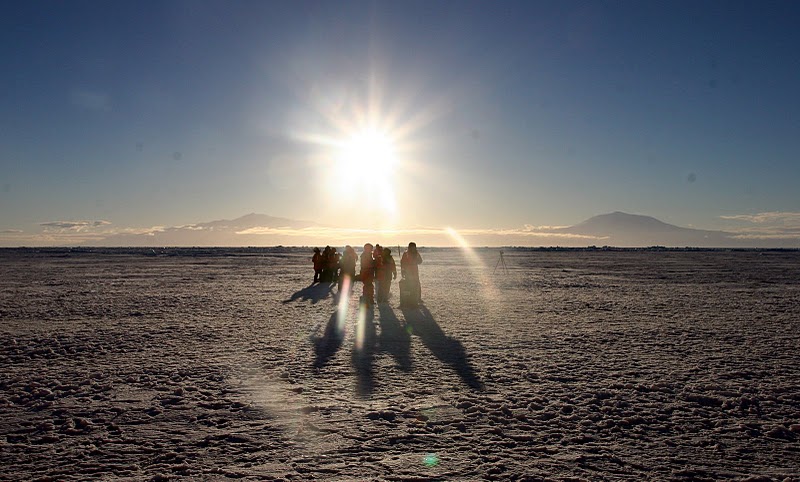 Sea ice sampling, Ross Sea, Antarctica, copyright Robert B. Dunbar.
Sea ice sampling, Ross Sea, Antarctica, copyright Robert B. Dunbar.PhD: Greg Bratman, Justin Mankin, Fran Moore, Dan Reineman, Nik Sawe, Nicola Ulibarri
Joint MBA-MS: Ken Alston,
TJ Berrings, Jose Luis Blanco Alvarez, Stephen Ehikian, Tom Elson, Claudine Frasch, Christoph Frehsee, Nick Halla, Kevin Hettrich, Sam Hodges, Ashish Jhina, Matt Kessler, Shane Lauf, Melissa Mansur, Brendan Marshall, Ashish Nagar, Lisa Newman-Wise, Deirdre Norris, Brendan Speechley, Dan Tuttle, Florian Weidinger, James Wilson, Yi Yin
Joint JD-MS: Lilly Fang, Peter Richmond, Khalial Withen, Noah Smith-Drelich
Joint PhD-MS: Salina Gray (School of Education)
Welcome New Affiliated Faculty Members
Michelle Barry, Medicine
Sarah Billington, CEE
Rebecca Bliege Bird, Anthropology
Douglas Bird, Anthropology
Craig Criddle, CEE
Jim Ferguson, Anthropology
Tadashi Fukami, Biology
Mark Granovetter, Sociology
Janet Martinez, Law
Michael Mastrandrea, Woods Institute
Michael McGehee, Materials Science and Engineering
Stefan Reichelstein, Business
Robert Sapolsky, Biology
Sarah Soule, Business
Stephen Stedman, Freeman Spogli Institute
Jennifer Wilcox, Energy Resources Engineering
Noteworthy Achievements

AWARDS
Graduate School of Business'Siebel Scholars Award:
Sumi Kim (Joint MBA-MS 3rd) and Shane Lauf (Joint MBA-MS 2nd)
Teresa Heinz Scholars for Environmental Research:
Rachelle Gould (PhD 4th), Rodrigo Pizarro (PhD 4th), and Mehana Blaich Vaughan (PhD 5th)
Freeman Spogli Institute's O'Bie Shultz Dissertation Research Travel Grant:
Amy J. Pickering (PhD 4th)
PUBLICATIONS
Adam Millard-Ball (PhD 5th): Are We Reaching Peak Travel? Trends in Passenger Transport in Eight Industrialized Countries, Transport Reviews, with Lee Schipper (Precourt), in press.Amy J. Pickering (PhD 4th): Bacterial Hand Contamination Among Tanzanian Mothers Varies Temporally and Following Household Activities, Tropical Medicine and International Health, with Timothy Julian (CEE), Simon Mamuya (Muhumbili University of Health and Allied Sciences, Tanzania), Alexandria Boehm (CEE), and Jenna Davis (CEE), in press.
Nikit Abhyankar (PhD 4th): Mitigation (of climate change), Encyclopedia of Climate and Weather (2nd ed), edited by S. Schneider and M. Mastrandrea, Oxford University Press, in press.
 E-IPER students give a presentation to their peers. Courtesy of Katie Phillips.
E-IPER students give a presentation to their peers. Courtesy of Katie Phillips.PRESENTATIONS
Austin Becker (PhD 3rd):Climate Change Impacts on International Transport Networks workshop, joint United Nations Economic Commission for Europe/United Nations Conference on Trade and Development, Geneva, Switzerland, August.
Adam Millard-Ball (PhD 5th):
Do City Climate Plans Reduce Emissions? Association of Collegiate Schools of Planning conference, Minneapolis, October.
Narasimha Rao (PhD 5th):
Welfare Impacts of Climate Mitigation: A Case Study of Maharasthra's Electricity Sector, workshop on Externality Valuation and Input-Output Analysis hosted by Exiopol, Venice, Italy.
BUSINESS TAKING ROOT
Christoph Frehsee (Joint MBA-MS 2nd) and Parisian designer Linda Balti co-founded Amour Vert, an eco-conscious fashion line for the fashionable and environmentally-conscious woman whose design philosophy is that the modern woman should not have to sacrifice style for sustainability.Brenden Millstein (Joint MBA-MS 3rd) incorporated his start-up, Carbon Lighthouse which implements efficiency, demand response, and solar projects and buys and retires carbon allowances, Carbon Lighthouse is already working with an East Bay school to help it fully eliminate its carbon footprint.
Vitousek Pilots Hawai'i
Field Course
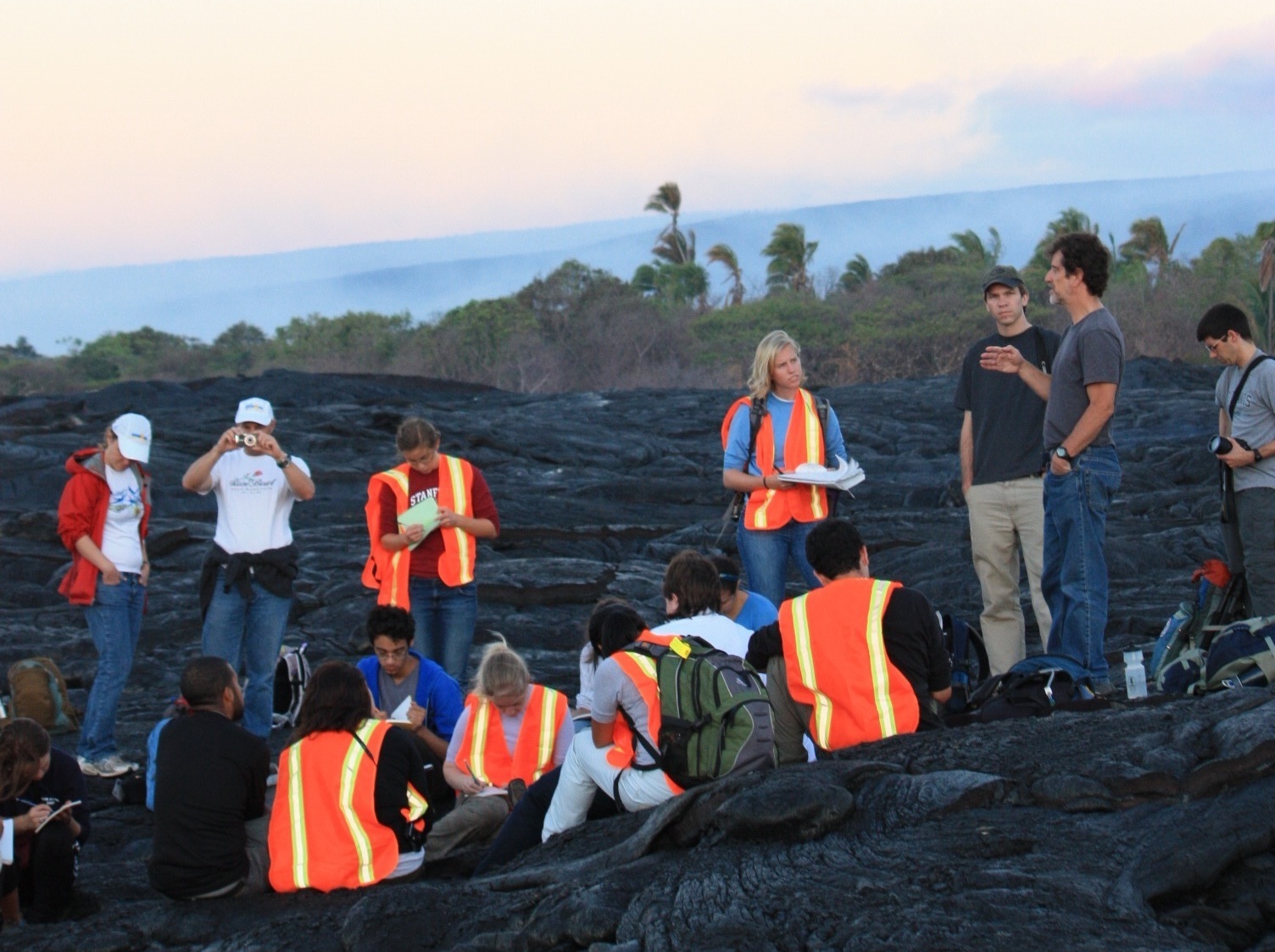 Professor Paul Segall lectures on the lava flows. Courtesy of Noa Lincoln.
Professor Paul Segall lectures on the lava flows. Courtesy of Noa Lincoln.
Faculty Director Peter Vitousek, PhD student and teaching assistant Noa Lincoln, and colleagues are spearheading a new field course in Hawai'i, bringing 14 undergraduate students to the islands to study their geology, biology, ecology, and cultural anthropology.
Navigating Interdisciplinary Waters
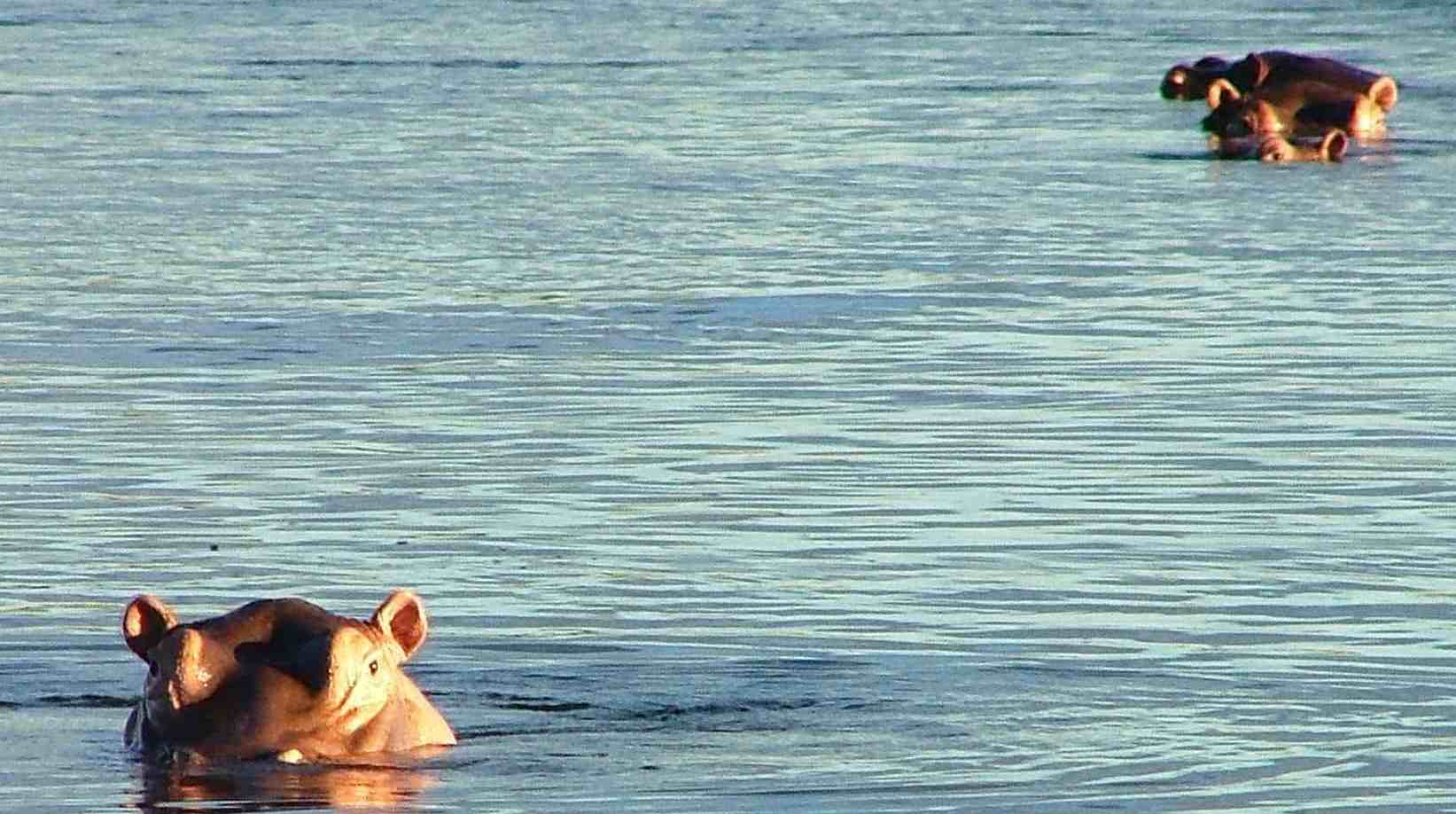 Courtesy of Charlotte Stanton.
Courtesy of Charlotte Stanton.E-IPER received a grant from the Vice Provost for Graduate Education's Stregthening the Core (SCORE) program for a project, Navigating Interdisciplinary Waters, to explore the unique challenges and opportunities faced by students in interdisciplinary PhD programs. Workshops and guest speakers will explore managing an interdisciplinary committee, balancing scholarship and advocacy, and entering the interdisciplinary job market. The project is led by E-IPER students Rachael Garrett and Rachelle Gould, E-IPER Affiiliated Faculty Nicole Ardoin (Education), Lisa Curran (Anthropology), Eric Lambin (EESS), and Len Ortolano (CEE), and E-IPER staff Helen Doyle and Danielle Nelson.
E-IPER Annual Fall Retreat
The annual E-IPER Retreat on October 16 at Jasper Ridge Biological Preserve provided opportunities for students to learn more about the program and each other, and develop collaborations and new project ideas. E-IPER students Marilyn Cornelius, Greg Bratman, Amanda Cravens, and Yohei Iwasaki work on a group project at the retreat. Courtesy of Helen Doyle.
E-IPER students Marilyn Cornelius, Greg Bratman, Amanda Cravens, and Yohei Iwasaki work on a group project at the retreat. Courtesy of Helen Doyle.Joint MS Alumni Career Panel
On October 22, a half dozen Joint MS alumni gathered on campus to discuss their job search experience and professional positions with current students. Their discussion illustrated the many career paths open to Joint MS graduates and reinforced the value of maintaining a robust alumni network to connect current students with E-IPER's growing alumni population. Graduates who attended have a variety of positions in influential organizations: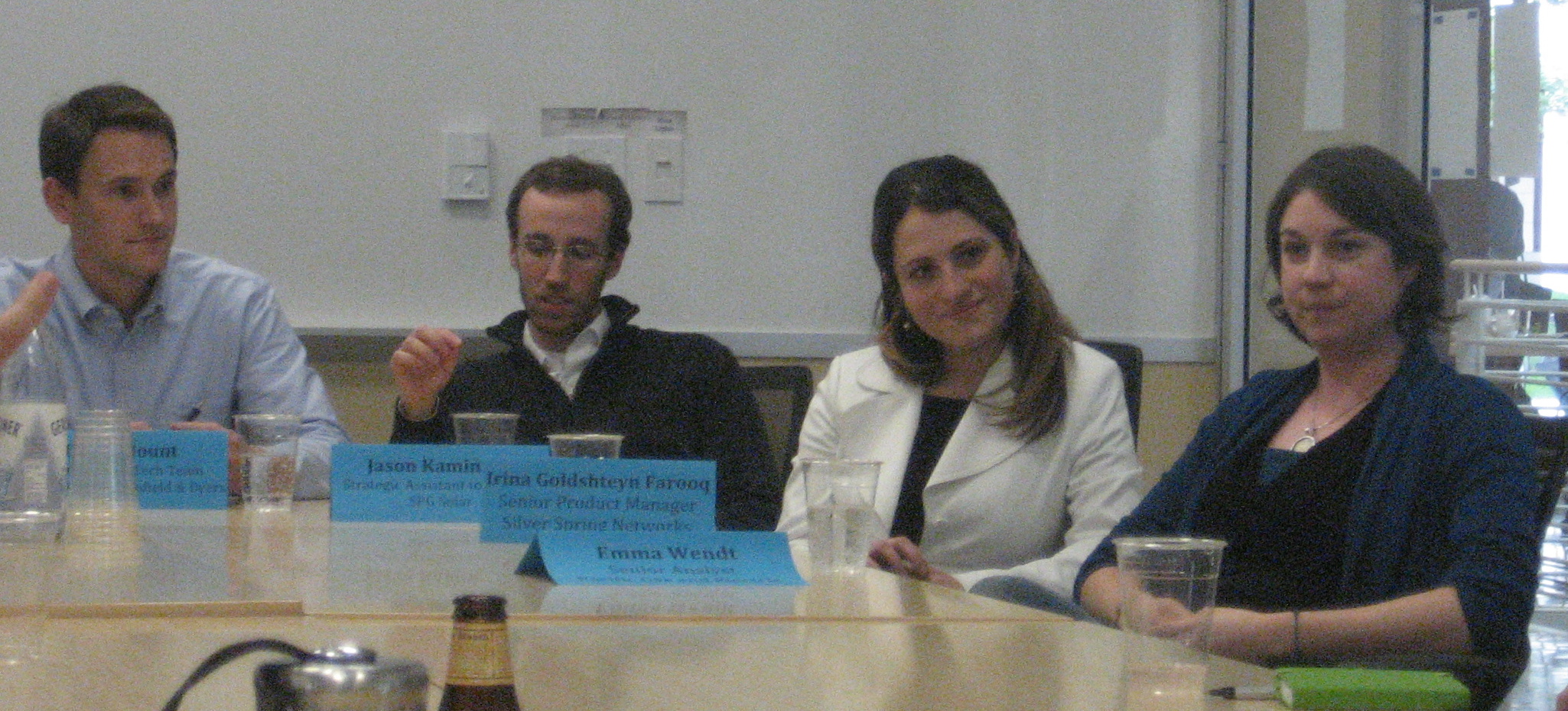 Panelists David Mount, Jason Kaminsky, Irina Goldshteyn Farooq, and Emma Wendt discuss their professional experiences. Courtesy of Helen Doyle.
Panelists David Mount, Jason Kaminsky, Irina Goldshteyn Farooq, and Emma Wendt discuss their professional experiences. Courtesy of Helen Doyle.
Karan Chaudhry
(Joint MBA-MS '10)
Applied Materials
Irina Goldshteyn Farooq
(Joint MBA-MS '09)
Silver Spring Networks
Jason Kaminsky
(Joint MBA-MS '09)
SPG Solar
David Mount
(Joint MBA-MS '08)
Kleiner Perkins Caufield & Byers
Emma Wendt
(Joint MBA-MS '09)
Pacific Gas and Electric
Rachel Zwillinger
(Joint JD-MS '09)
United States Court of Appeals for the Ninth Circuit
Alumni Updates

Elizabeth Richards (PhD '08), Sandia National Laboratory in Albuquerque, New Mexico, was appointed by the Mayor of Albuquerque and confirmed by the Albuquerque City Council to serve a three-year term on the Albuquerque-Bernalillo County Water Protection Advisory Board (WPAB), which plays a significant role in monitoring, regulating, and protecting the Middle Rio Grande basin in New Mexico.
Remembering Steve Schneider
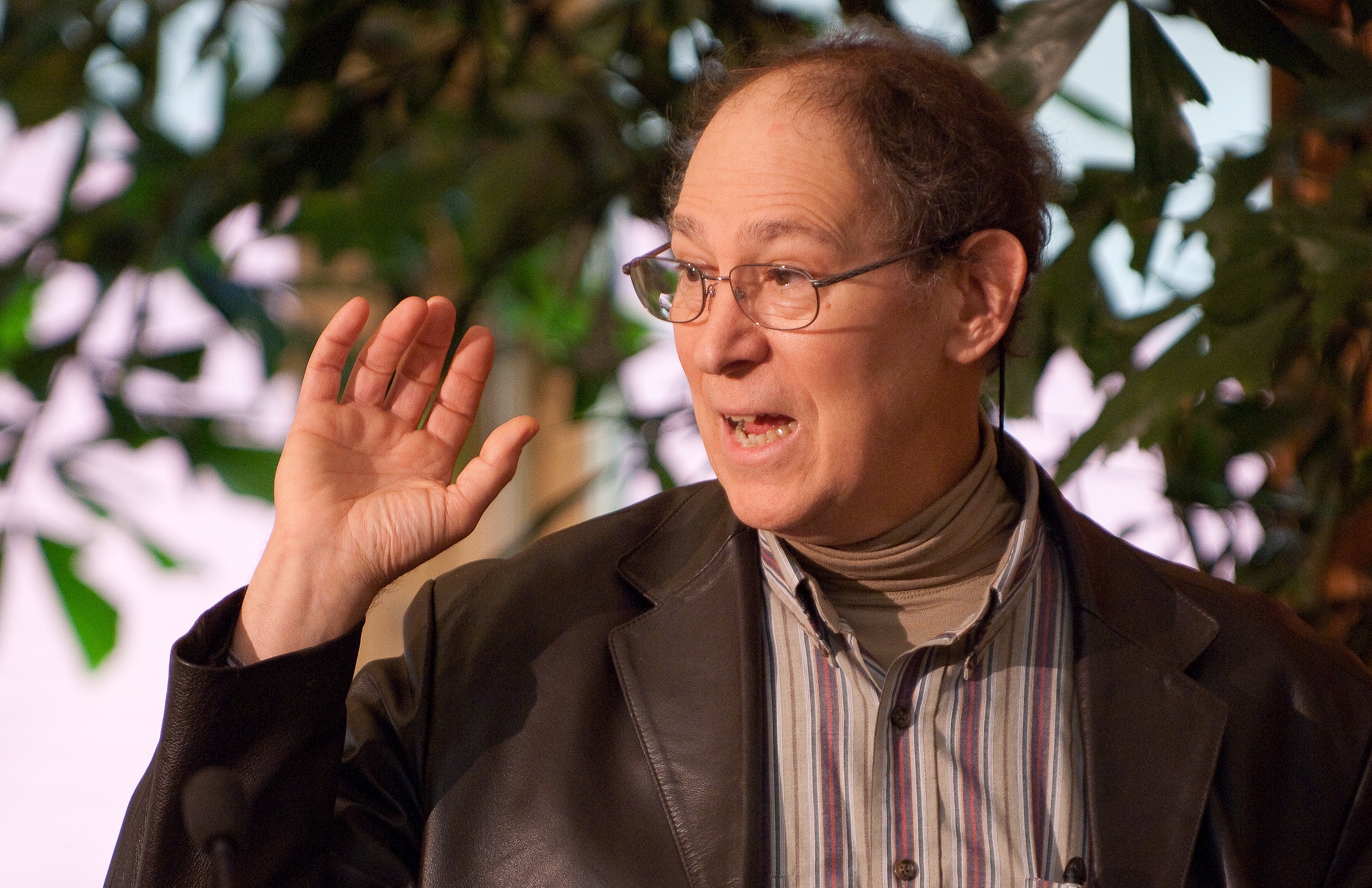 Courtesy of LA Cicero, Stanford News.
Courtesy of LA Cicero, Stanford News.
As E-IPER's first faculty co-director (with Rob Dunbar), Steve helped nurture the program from an idea to the vibrant intellectual community it is today. Steve interviewed all students in the first three PhD cohorts, and introduced them to the world of "interdisciplinarity" in one of their first classes at Stanford. He advised and mentored both E-IPER PhD and Joint MS students, sharing his conviction that interdisciplinary approaches are key to successfully addressing today's most pressing problems. Steve encouraged students to trust their own passions, strive to communicate their work accurately, and make an impact on the world. Thank you, Steve.
Read E-IPER students' tributes.
Read more about the students and faculty mentioned in these stories on our website.
The E-IPER Newsletter is edited by Helen Doyle, designed by Katie Phillips, and produced by Haley Smith Kingsland and Katie Phillips.
E-IPER's Global Reach
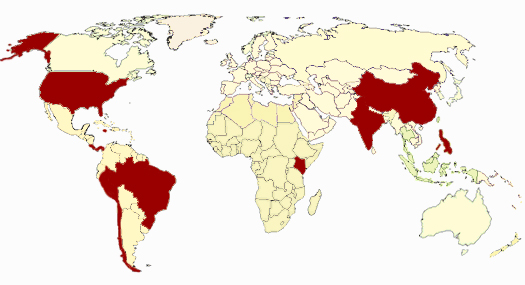
Things quiet down around Stanford during the warm days of summer, when E-IPER's PhD students are dispersed far and wide like seeds in the wind. This summer our students could be found on nearly every continent, with several far south in Chile and our web intern, Haley Smith Kingsland, an Earth Systems Masters student, way up north blogging from NASA's Arctic Voyage 2010. Below is a quick sampling of E-IPER's global reach.
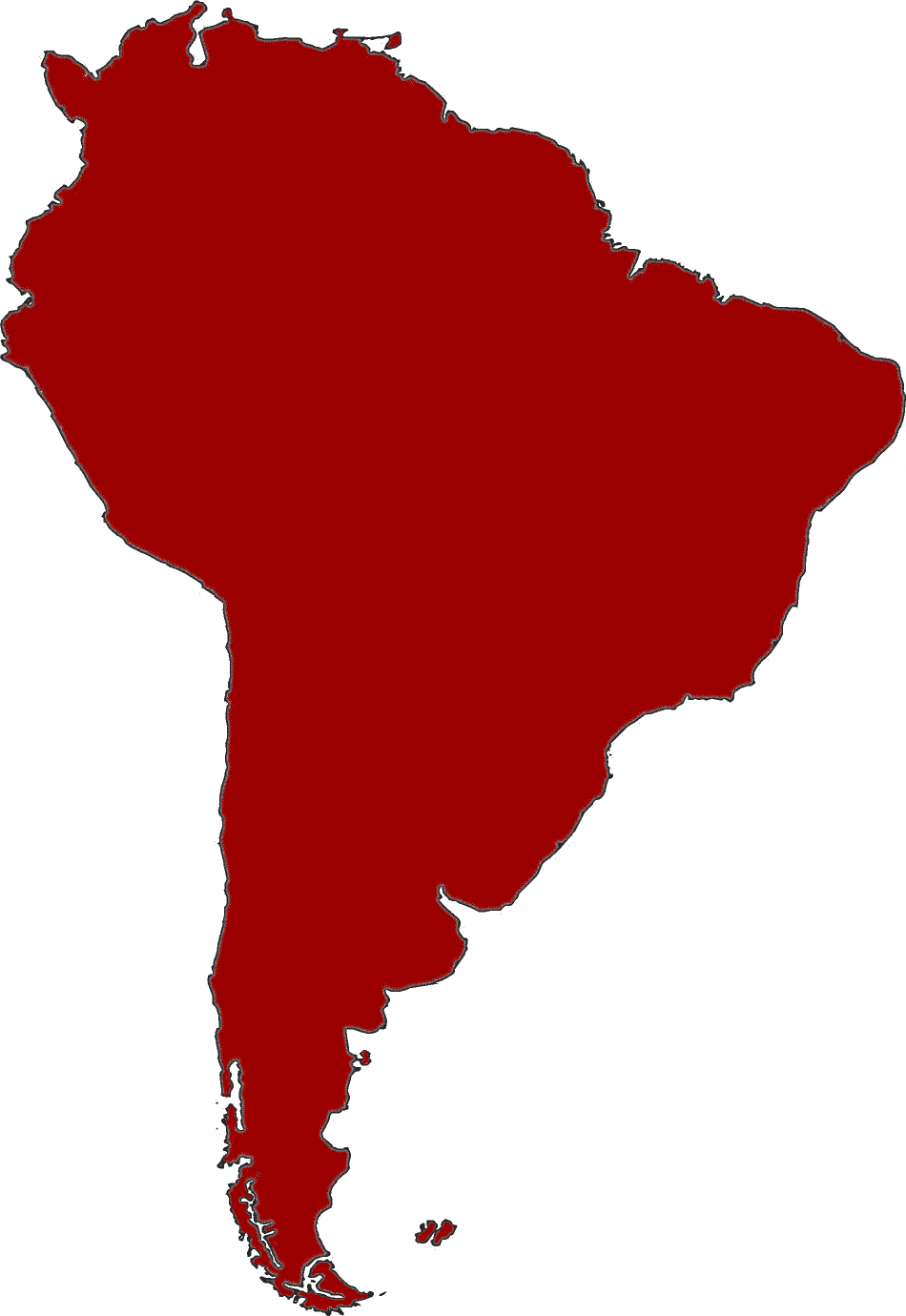 Several students headed due south for their summer research. Rodrigo Pizarro (PhD 4th) spent time in both Costa Rica and Panama interviewing policy makers and studying archival materials for his work on national-scale environmental policy diffusion in Latin America. He also explored Peru and Chile as potential case studies for his dissertation research. Chile is popular among E-IPER students: Andy Gerhart (PhD 5th) continued his studies on the effects of salmon farming on the local community on the southern island of Chiloé while Robert Heilmayr (PhD 2nd) initiated his investigation into the policies, economics, and other drivers of the recent re-forestation trend in Chile, one of only two South American countries not currently losing forest cover. Rachael Garrett (PhD 3rd) was in Brazil this summer conducting interviews for her research on the soybean industry in the Santarém region of the Amazon.
Several students headed due south for their summer research. Rodrigo Pizarro (PhD 4th) spent time in both Costa Rica and Panama interviewing policy makers and studying archival materials for his work on national-scale environmental policy diffusion in Latin America. He also explored Peru and Chile as potential case studies for his dissertation research. Chile is popular among E-IPER students: Andy Gerhart (PhD 5th) continued his studies on the effects of salmon farming on the local community on the southern island of Chiloé while Robert Heilmayr (PhD 2nd) initiated his investigation into the policies, economics, and other drivers of the recent re-forestation trend in Chile, one of only two South American countries not currently losing forest cover. Rachael Garrett (PhD 3rd) was in Brazil this summer conducting interviews for her research on the soybean industry in the Santarém region of the Amazon.
Nikit Abhyankar (PhD 4th) was in India, where he trained a group of energy regulators and power utility companies to undertake load research and helped design their energy efficiency policies. Michael Ovadia (PhD 2nd) also traveled to India to begin investigating sustainable agriculture practices, while Andrew Perlstein (PhD 6th) continued his work on China's environmental policy implementation in Beijing.
Florian Weidinger (Joint MBA-MS 2nd) spent the summer working in Manila, Philippines at the Asian Development Bank's private sector infrastructure financing group, focusing on three clean energy and agriculture projects in Thailand and Cambodia.
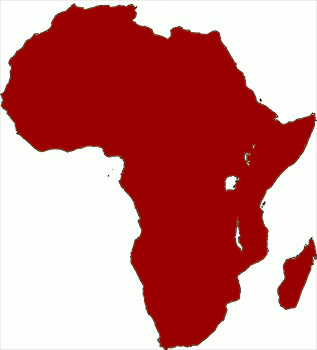 On the African continent, Amy J. Pickering (PhD 4th) is launching a new project implementing school-based hand hygiene interventions in primary schools in Kibera, Kenya. In collaboration with CDC-Kenya, the Kenya Medical Research Institute, and the University at Buffalo, Amy and her colleagues are evaluating the behavioral impacts of providing waterless hand sanitizer in schools by monitoring teachers' and students' hand hygiene behavior.
On the African continent, Amy J. Pickering (PhD 4th) is launching a new project implementing school-based hand hygiene interventions in primary schools in Kibera, Kenya. In collaboration with CDC-Kenya, the Kenya Medical Research Institute, and the University at Buffalo, Amy and her colleagues are evaluating the behavioral impacts of providing waterless hand sanitizer in schools by monitoring teachers' and students' hand hygiene behavior.
Across the Atlantic Ocean, Austin Becker (PhD 3rd) conducted fieldwork to identify ports to use as case studies for his research on climate change impacts and seaport resilience. He toured port facilities and interviewed key decision makers in Providence, RI, Gulfport, MS, and Kingston, Jamaica to gather preliminary data on hurricane planning and response, risk assessment, and vulnerability analysis that will shape his future dissertation work.
 In the far northwest, Lauren Oakes (PhD 2nd) traveled to Alaska, where she worked for several years before coming to E-IPER and hopes to conduct her dissertation research. After connecting with many locals, policymakers, and researchers, Lauren gained a better understanding of critical land and water management issues in Alaska to help define her thesis project.
In the far northwest, Lauren Oakes (PhD 2nd) traveled to Alaska, where she worked for several years before coming to E-IPER and hopes to conduct her dissertation research. After connecting with many locals, policymakers, and researchers, Lauren gained a better understanding of critical land and water management issues in Alaska to help define her thesis project.
Back at Stanford, several students spent time catching up on the literature, writing articles, analyzing data, and preparing for their next field studies. Come September, most students find their way back to campus armed with stories, data, pictures, new experiences, and renewed motivation for the upcoming academic year.
To learn more about E-IPER, visit e-iper.stanford.edu. To subscribe or unsubscribe, email your request to Helen Doyle: hdoyle@stanford.edu.